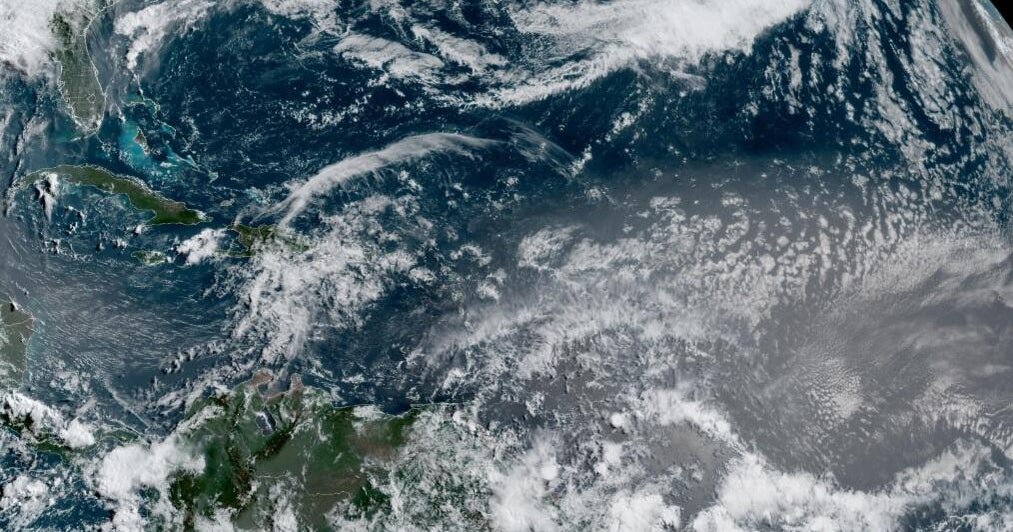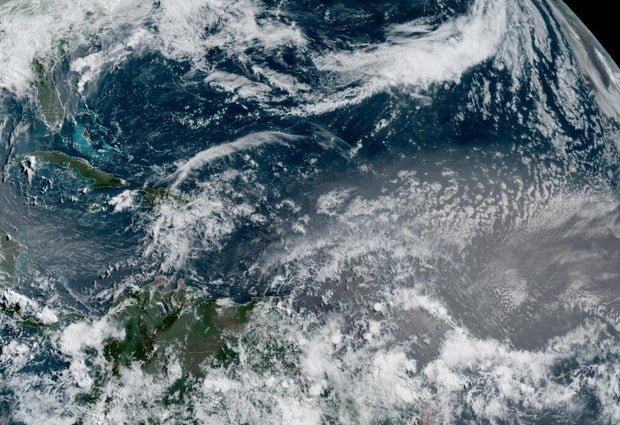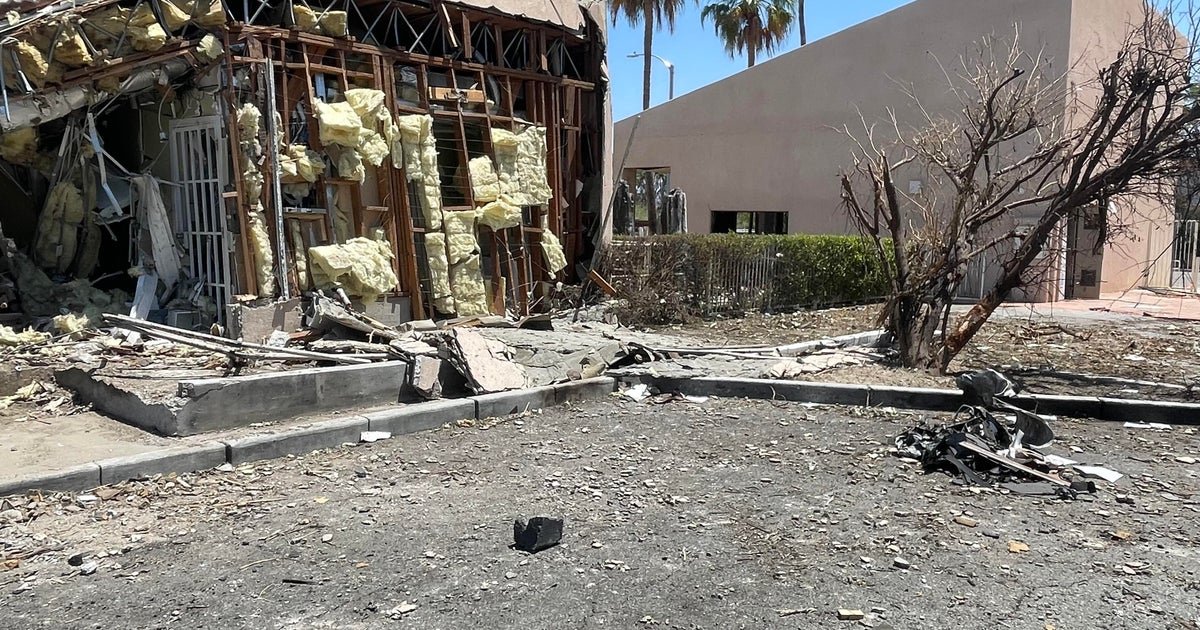[ad_1]
Saharan dust is heading toward Florida and could be seen over the state by this weekend, radar shows.
Dust is forecast to hit south and central Florida on Saturday and stay for at least several days, according to CBS Miami’s NEXT Weather radar.
Computer models show that after an initial dust wave, a larger and denser plume could be seen in Florida by the middle of next week, CBS Orlando affiliate WKMG reports.
Radar also shows dust over south Texas on Monday.
Saharan dust was already seen in Puerto Rico and the U.S. Virgin Islands this week, the National Weather Service in San Juan reported on Tuesday. It noted dust impacts included reduced visibility and hazy skies, and said more dust is forecast to move in Saturday and linger through at least Tuesday.
Satellite imagery showed dust above most of the Atlantic’s tropical waters on Thursday — spanning all the way from Africa’s coast to to the Gulf, the National Hurricane Center’s Tropical Analysis and Forecast Branch said in a post on X. It noted that the dry air suppresses the development of storms. Hurricane season officially starts on Sunday.
National Hurricane Center’s Tropical Analysis and Forecast Branch.
It is typical for dust to move across the Atlantic every year in early summer, WKMG reports. The National Oceanic and Atmospheric Administration says it is called the Saharan Air Layer, which is “a mass of very dry, dusty air that forms over the Sahara Desert during the late spring, summer and early fall.”
Its activity usually “ramps up” in the middle of June before peaking from late in the month to the middle of August, meteorologist Jason Dunion told NOAA’s National Environmental Satellite, Data, and Information Service back in 2020. New “outbreaks” — formed when “ripples” in the atmosphere along the edge of the Sahara Desert kick up dust — can occur every few days and reach as far west as Florida and Texas. Dust sometimes covers areas over the Atlantic as large as the continental United States, Dunion said.
The National Weather service said the dust can impact allergies and lead to eye irritation.
[ad_2]




